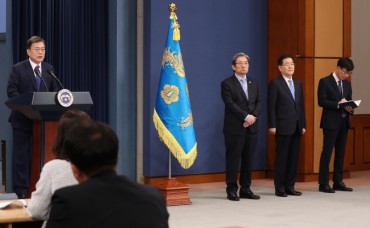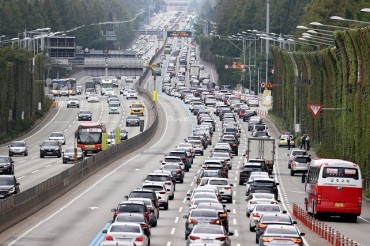SEOUL, Feb. 23 (Korea Bizwire) — Higher education in South Korea is experiencing a crisis, with local universities particularly hard hit.
On Jeju Island, all universities failed to meet their enrollment quotas in 2023, with just 33 new students enrolling in four-year universities.
This is due to a sharp drop in the school-age population, caused by the world’s highest low birth rate and a lack of enrollment capacity.
Since 2000, 19 universities across the nation have closed, with 18 of them being local universities. In 2021, the recruitment rate of new students plummeted to 90 percent in local areas and just 60 percent on Jeju Island.
The situation on Jeju Island has become more serious this year. According to reports, Jeju National University, Jeju International University, Jeju Tourism University, and Jeju Halla University have collectively recruited an additional 1,258 students.
The decrease in the school-age population in Jeju is a major challenge, with only 3,700 births in 2021, the lowest ever recorded.
This has significant implications for the South Korean economy as a decrease in college graduates may make it challenging to maintain the previous workforce ecosystem in which graduates entered companies and demonstrated their capabilities.

A “dolharbang” (stone grandfather) wears sunglasses at Hamdeok Beach in the city of Jeju on South Korea’s southern resort island of Jeju on June 21, 2020. (Yonhap)
The number of college admissions is expected to be half of what it was in 2000, with only 370,000 expected in 2024. The changing societal perspective on higher education is also raising questions about the utility of university degrees.
Obtaining a job after graduation is becoming increasingly difficult, and many believe the skills necessary for employment can be acquired through other means, such as the internet.
The future of the South Korean economy is uncertain, with factors such as a plunging fertility rate, rapidly changing education and employment markets due to the Fourth Industrial Revolution, digitization and automation, and massive changes in job structures contributing to this uncertainty.
According to Statistics Korea’s Population Trend Report released on Wednesday, the total fertility rate has reached a new low, with an average of only 0.7 babies expected per woman in her lifetime.
This is less than half the average rate of Organization for Economic Cooperation and Development (OECD) member countries.
Lina Jang (linajang@koreabizwire.com)







